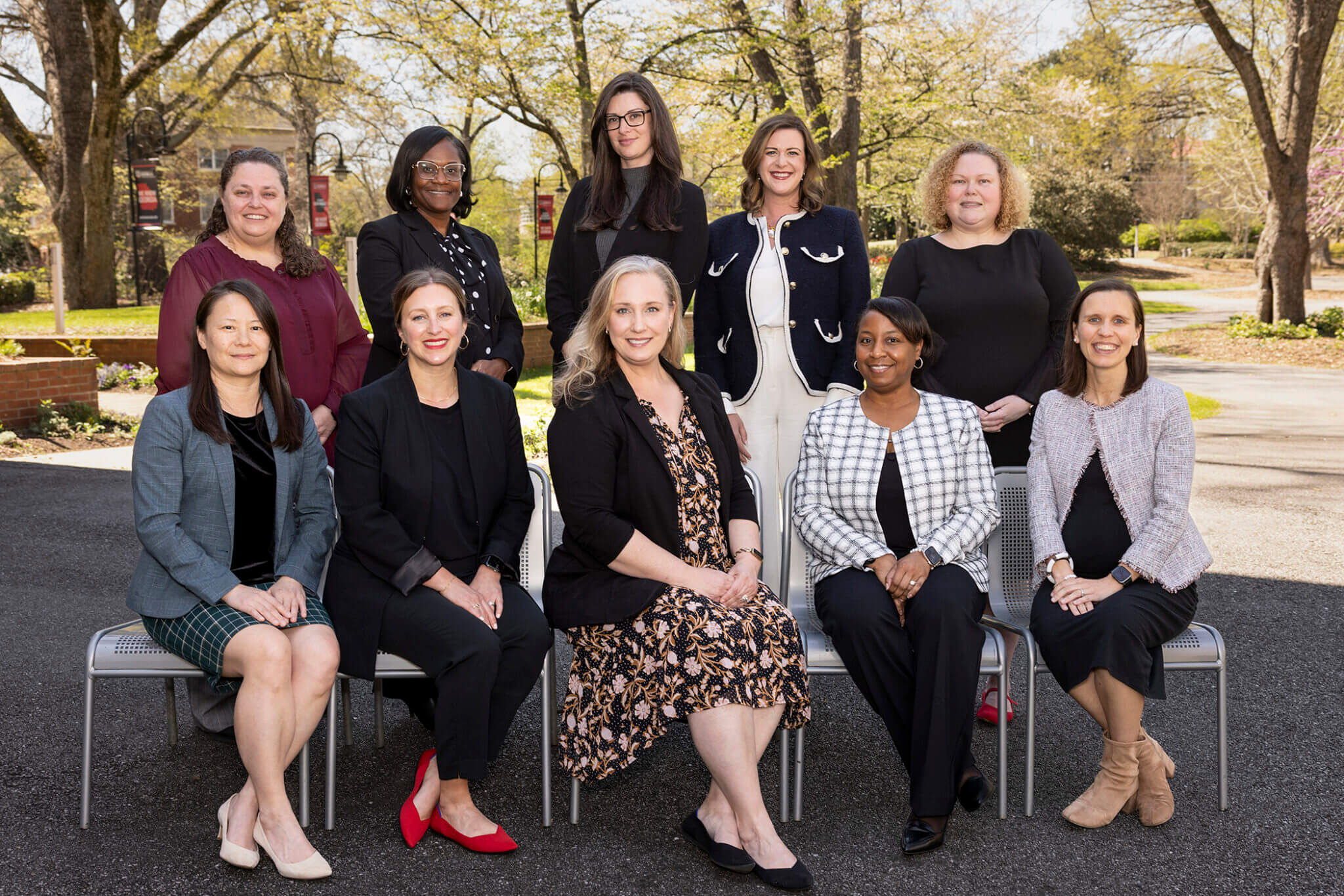By Sharon Omahen
University of Georgia
A University of Georgia researcher is using cable ties to help
peach trees make sweeter, larger peaches.
UGA stone-fruit horticulturist Kathy Taylor developed a method
that uses cable ties, or strips of plastic like those used to
bind computer cables, to control the sugar level in peach trees.
The process, called girdling, isn’t new. But using cable ties
is.
Keeping the sugar at the top
“Girdling is normally done by using a knife to cut away a strip
of the tree’s bark,” Taylor said. “The sugars that are produced
by the tree can’t flow below the strip. But this damages the tree
and increases the likelihood of insect and disease damage, too.”
Taylor says some growers believe the traditional girdling method
shortens the life of the tree.
For the past three years, Taylor has used cable ties to girdle
peach trees on test plots in middle Georgia, where 95 percent of
the state’s peach crop grows.
She straps the cable tie to the tree in the winter. In the
spring, when the tree grows its peaches, the cable ties restrict the
flow of sugars but don’t permanently damage the tree.
“You remove the girdle after harvest, and the tree recovers,” she
said. “And you can do it again the next winter.”
Peach trees create sugars by photosynthesis and move them down
into the roots for storage. Girdling holds the sugars in the
upper part of the tree, Taylor said, moving them up the tree and
into the fruit instead.
Larger, sweeter peaches
The increase in sugar draws more water into the fruit. The result
is a sweeter, larger peach.
“At the end of the fruiting season, we remove the girdle and
allow the sugars to flow back to the roots,” she said.
Girdling peach trees with cable ties results in earlier peaches,
too, she said.
“Earlier peaches translate into increased profits for the
growers,” Taylor said. “They’ll be able to harvest three to five
days earlier than they normally would. And the earlier you can
get a crop to market, the greater the return.”
Taylor said one large grower adopted the new girdling method last
season and had a 5 percent increase in his highest-quality fruit
category.
“We’ve made a lot of progress for middle and late-season peach
varieties, but we don’t have the technique really optimized for
our earlier-season varieties,” she said.
Growers as far away as New Jersey and California have shown
interest in the cable tie girdling method. “We had a grower in
South Carolina try it on about 200 acres with very good results,”
she said.
Taylor believes the method can be applied easily to fruit crops
like apples and plums with similar results. It’s available now,
but growers haven’t widely adopted it yet.



